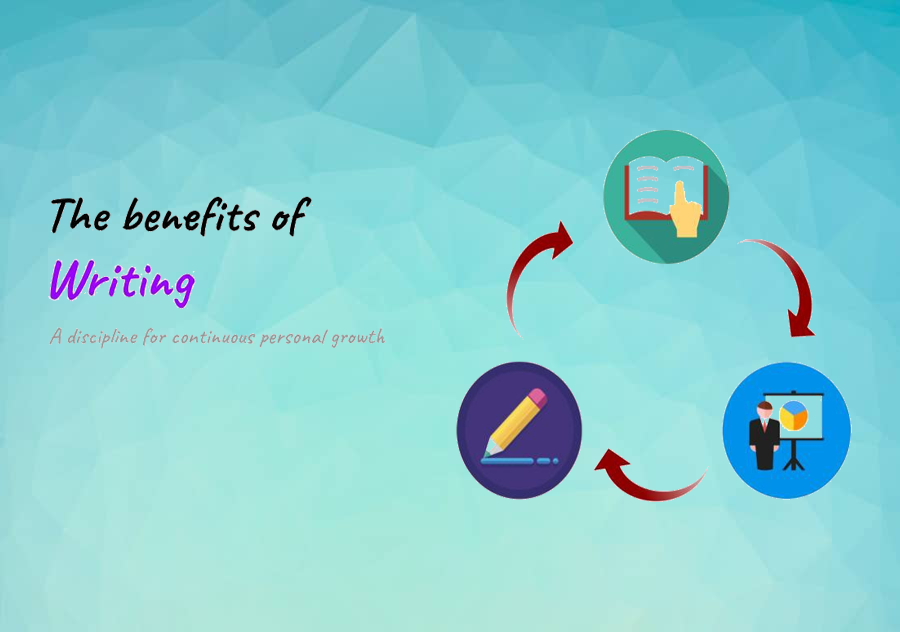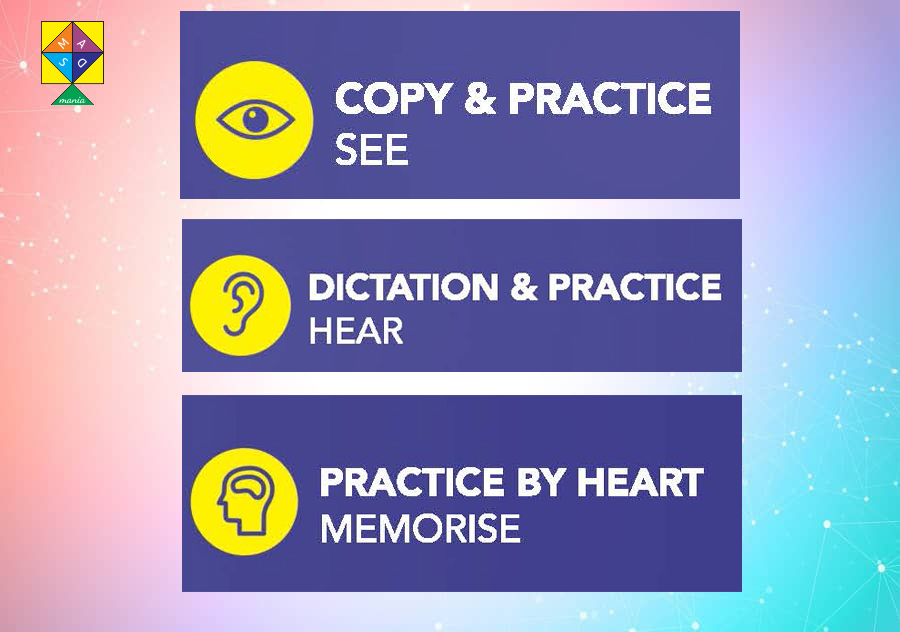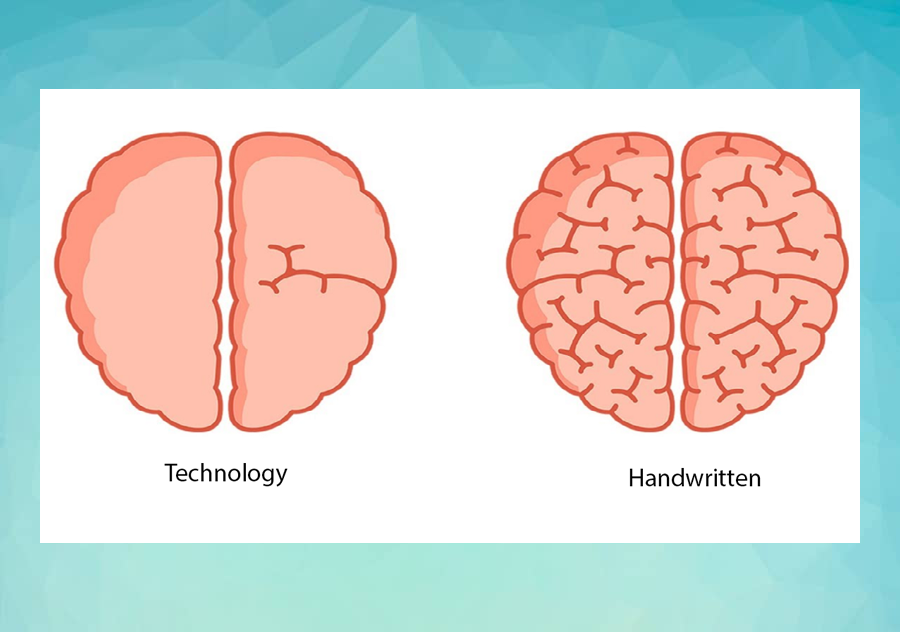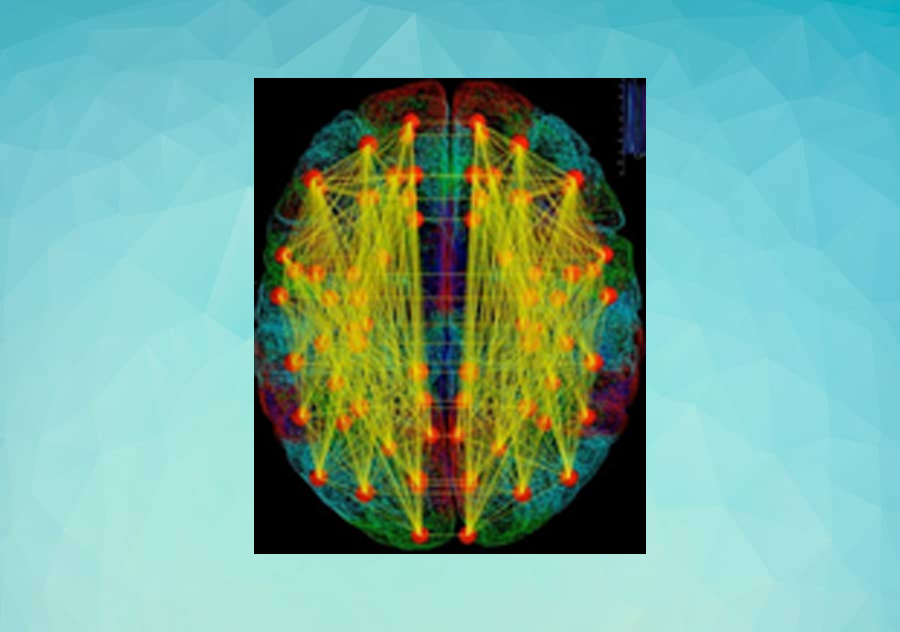Structure for math practice has 3 components that can be practiced regularly daily:
1. Read to Self,
2. Listen to Reading (Dictation),
3. Write what has been memorised and understood.
Repeat, Repeat & Repeat with different set of problems.
During the school years, especially from ages 8-18, is a critical time during which the brain is developing the individual's executive functions.
During Math Writing, students express and articulate their thinking and understanding of a math problem or math concept by handwritten practice using pictures, numbers, charts, graphs, and words. Writing can help the brain to develop the logical functions required for successful math and science learning. When it comes to math and science, writing brings more than literacy and communication advantages. The practice of writing can enhance the brain's intake, processing, retaining, and retrieving of information.
Through writing students can express creative hypotheses, alternative perspectives, and concerns about their understanding. Furthermore, students have the chance to communicate using their own words. They build communication skills they will surely use in their collaborations now and in the future science and math communities they will enter.
Writing can also reduce the neural processing blockades that result from the stress of boredom which is the most frequent reason for high school dropouts. We know that students are engaged when material is personally relevant, and connects to real world issues and problems. And when this happens, there is increased information flow through the attention and emotional filters to the higher processing prefrontal cortex.
Writing can increase both personal relevance and confidence. Personal relevance comes when students can write for creativity and personal expression. Even when the facts of the math or science are not debatable, individual responses to the information are appropriate writing topics.












